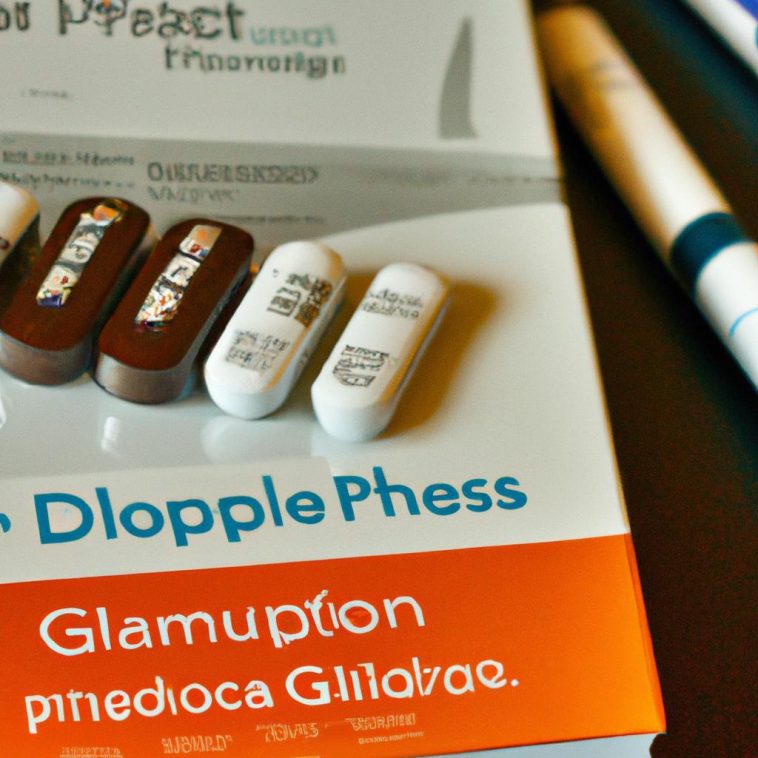Photo By: , Source, CC
GLP-1 and the Future of Diabetes Management: How Ozempic and Semaglutide are Shaping 2025 Healthcare Trends
Introduction
As the prevalence of diabetes continues to rise globally, innovative treatments are being developed to improve patient outcomes. Glucagon-like peptide-1 (GLP-1) receptor agonists, particularly Ozempic (semaglutide), have emerged as game-changers in diabetes management. This article explores the impact of GLP-1 medications on healthcare trends and their significance moving towards 2025.
The Role of GLP-1 in Diabetes Management
GLP-1 is a hormone that plays a crucial role in glucose metabolism. It has several actions that make it an effective treatment option for type 2 diabetes, including:
1. Enhanced Insulin Secretion
One of the primary functions of GLP-1 is to stimulate insulin release from the pancreas, particularly following meals, which helps lower blood glucose levels.
2. Reduced Glucagon Secretion
GLP-1 also suppresses glucagon, a hormone that raises blood sugar levels, contributing further to its effectiveness in controlling hyperglycemia.
3. Slowed Gastric Emptying
By delaying gastric emptying, GLP-1 receptor agonists promote increased satiety and potentially aid in weight management—a significant aspect of diabetes care.
Emerging Trends in 2025 Healthcare
The integration of Ozempic and semaglutide into diabetes management is set to influence several key healthcare trends by 2025. Below are some of the anticipated trends:
- Increased Adoption of GLP-1 Therapies: As more healthcare providers recognize the benefits of GLP-1 agonists, their adoption rates are expected to rise, leading to better management of diabetes.
- Personalized Medicine: Advances in genetics and technology will allow for more tailored diabetes treatments, including the potential for customized dosing of GLP-1 medications.
- Digital Health Integration: The rise of telemedicine and mobile health applications will facilitate monitoring and educated decision-making, making GLP-1 therapies a vital component in integrated diabetes care.
- Focus on Prevention: Preventive healthcare measures will gain traction, encouraging lifestyle changes that complement GLP-1 therapies and reduce the risk of diabetes development.
- Cost-Effectiveness Analysis: Ongoing research will focus on the long-term economic benefits of GLP-1 treatments compared to traditional diabetes management options.
Conclusion
The emergence of Ozempic and other GLP-1 receptor agonists marks a transformative era in diabetes management. As we approach 2025, the healthcare landscape will continue to evolve, with innovative treatments such as semaglutide paving the way for improved patient outcomes. Embracing these advancements will be essential for healthcare providers and patients alike.



